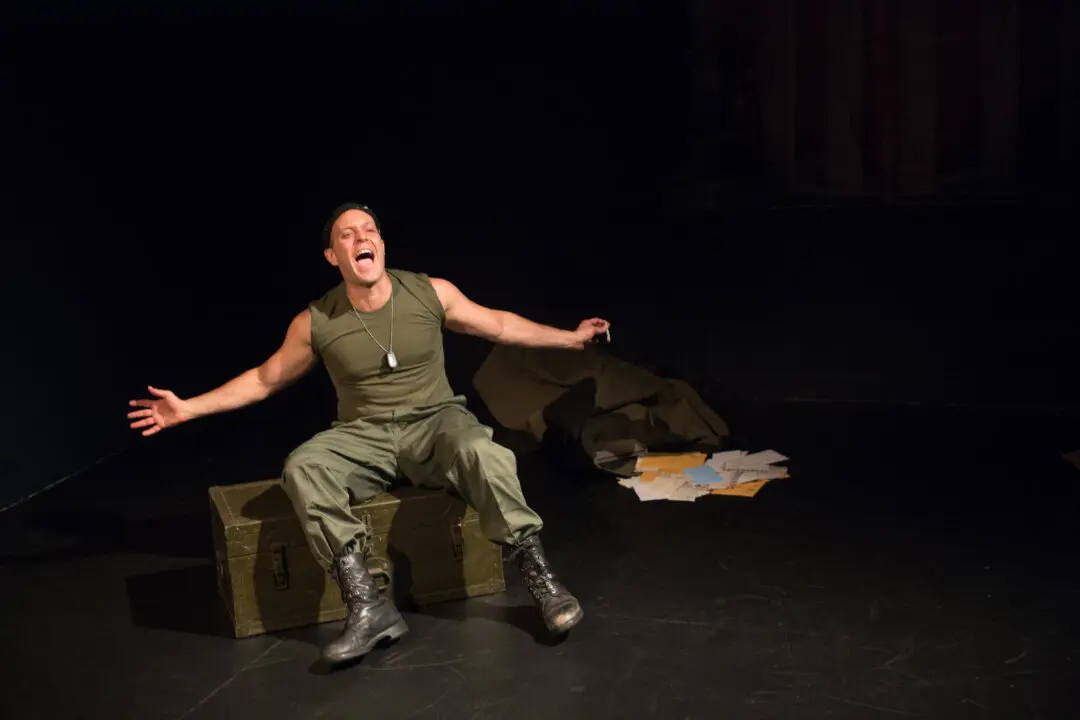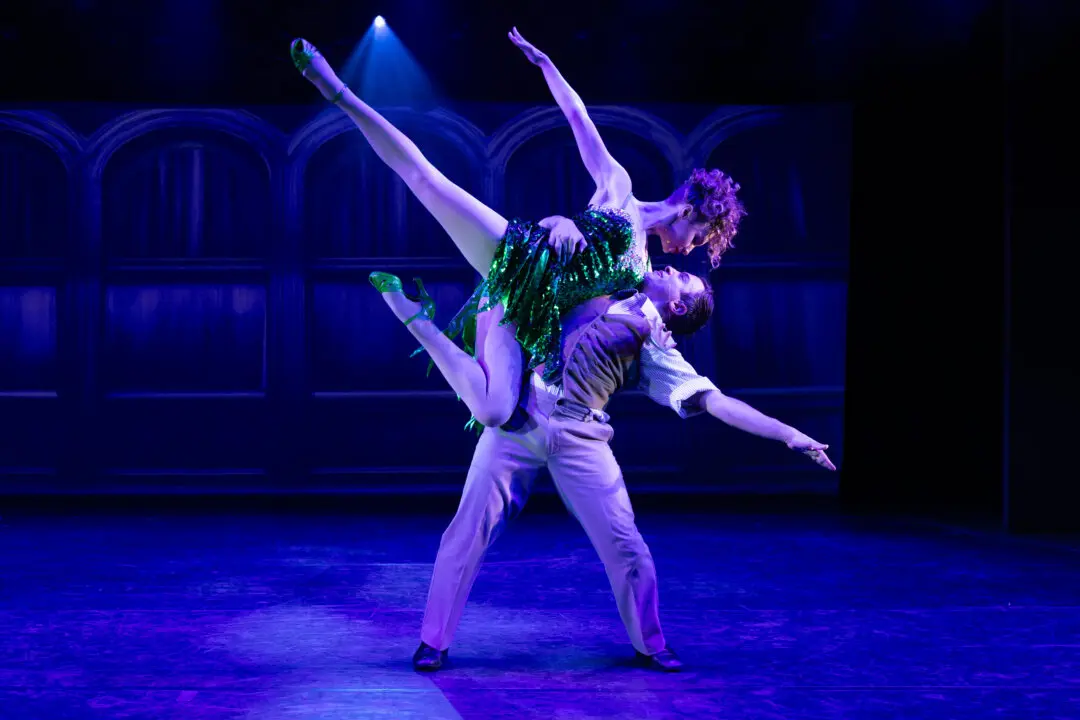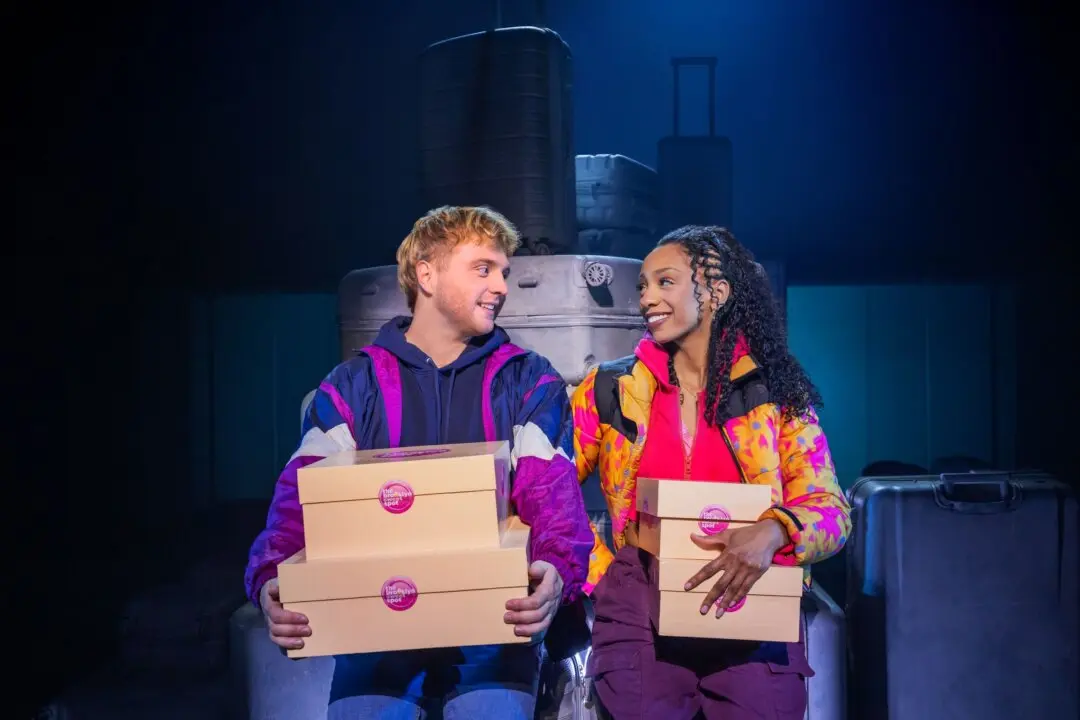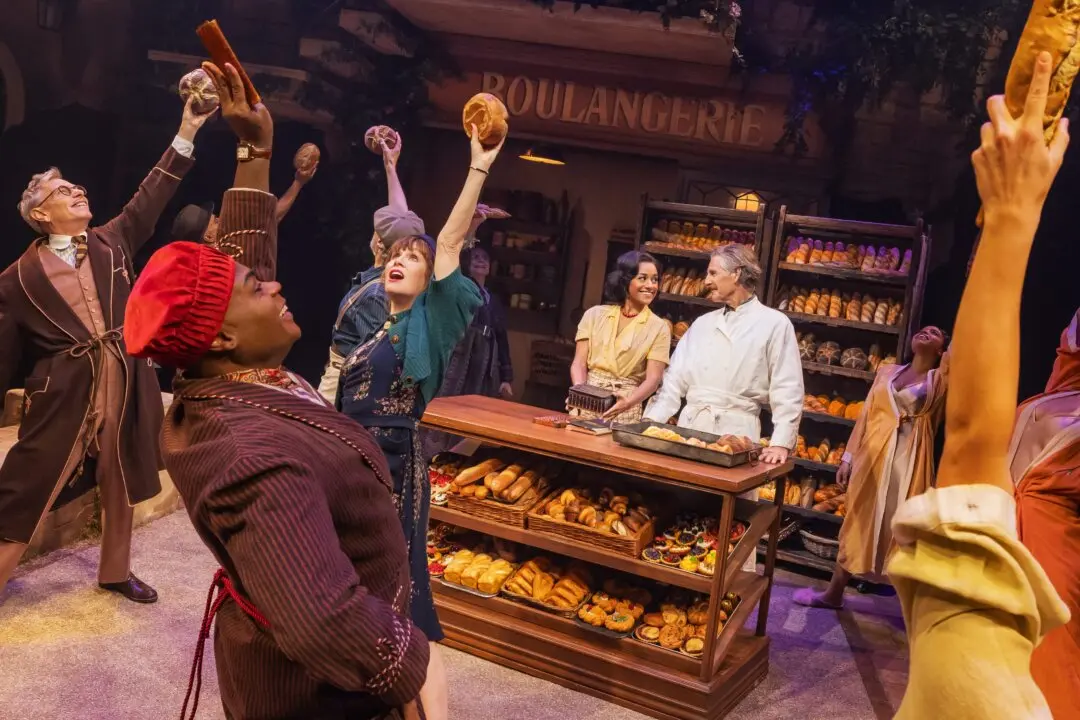NEW YORK—Based on the 1948 film by Michael Powell and Emeric Pressburger, as well as the Hans Christian Anderson fairy tale, Matthew Bourne’s presentation of “The Red Shoes” masterfully tells a tale of three people undone by obsessive ambitions.
In late 1940s, impresario Boris Lermontov (Sam Archer) is the undisputed king of the ballet world. Serious and imposing, he’s always the center of attention, with people hanging on his every word and standing when he approaches.





